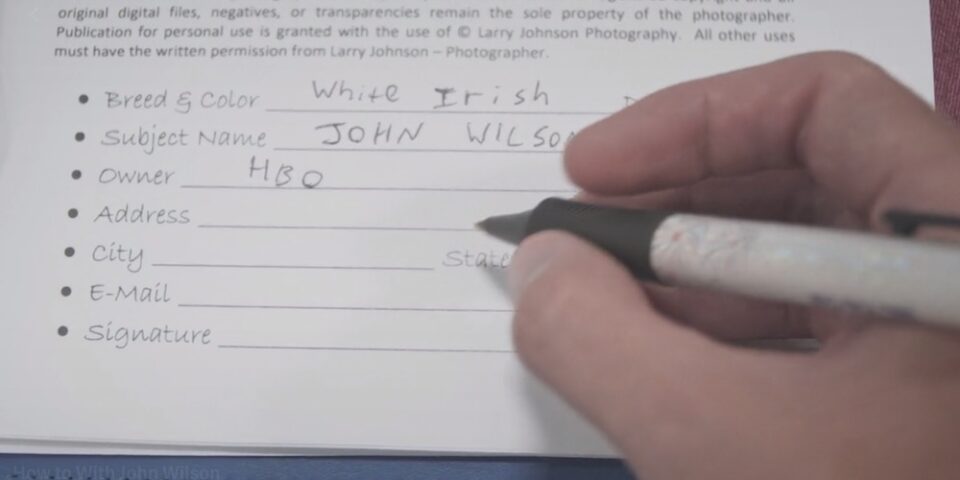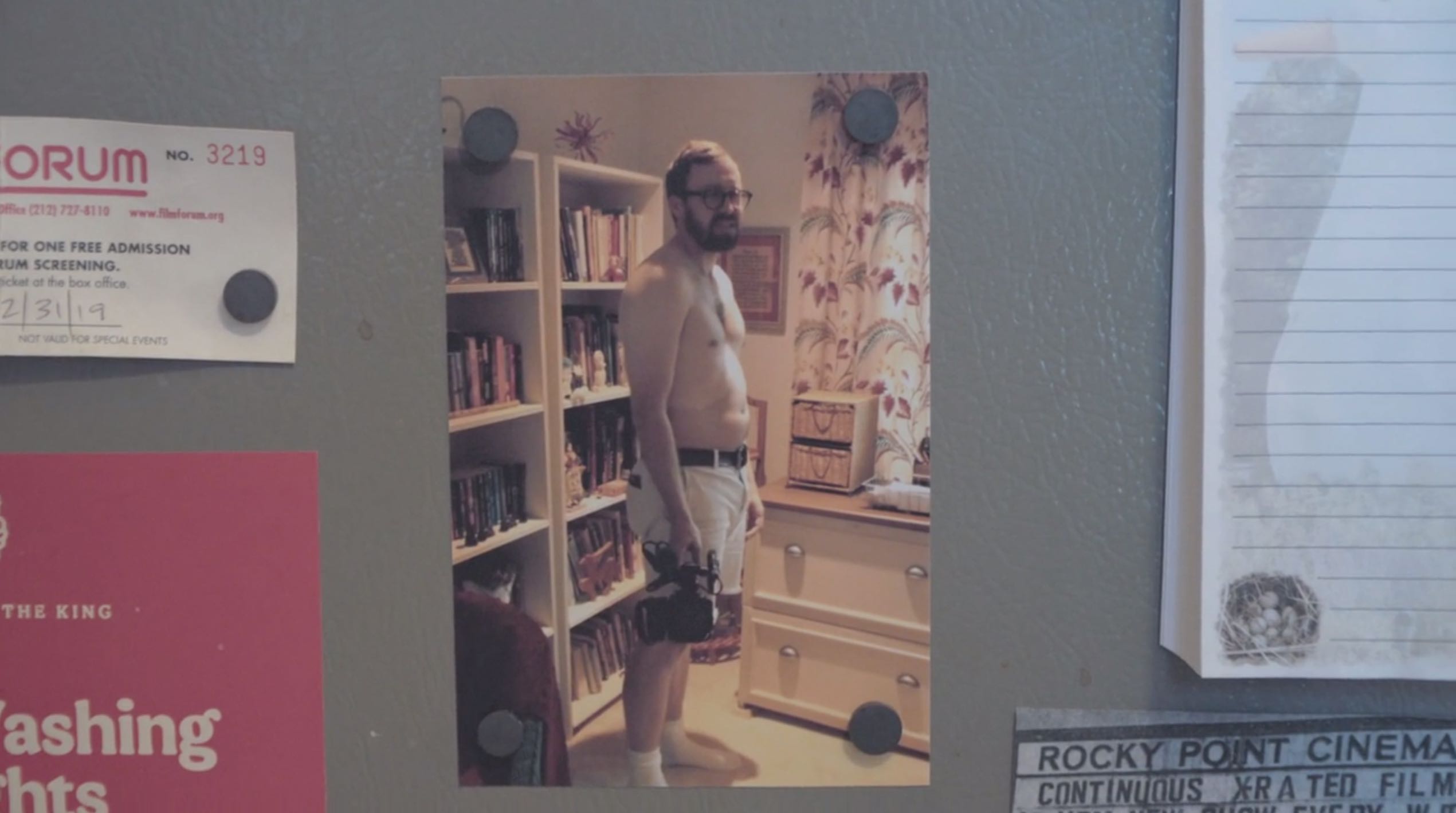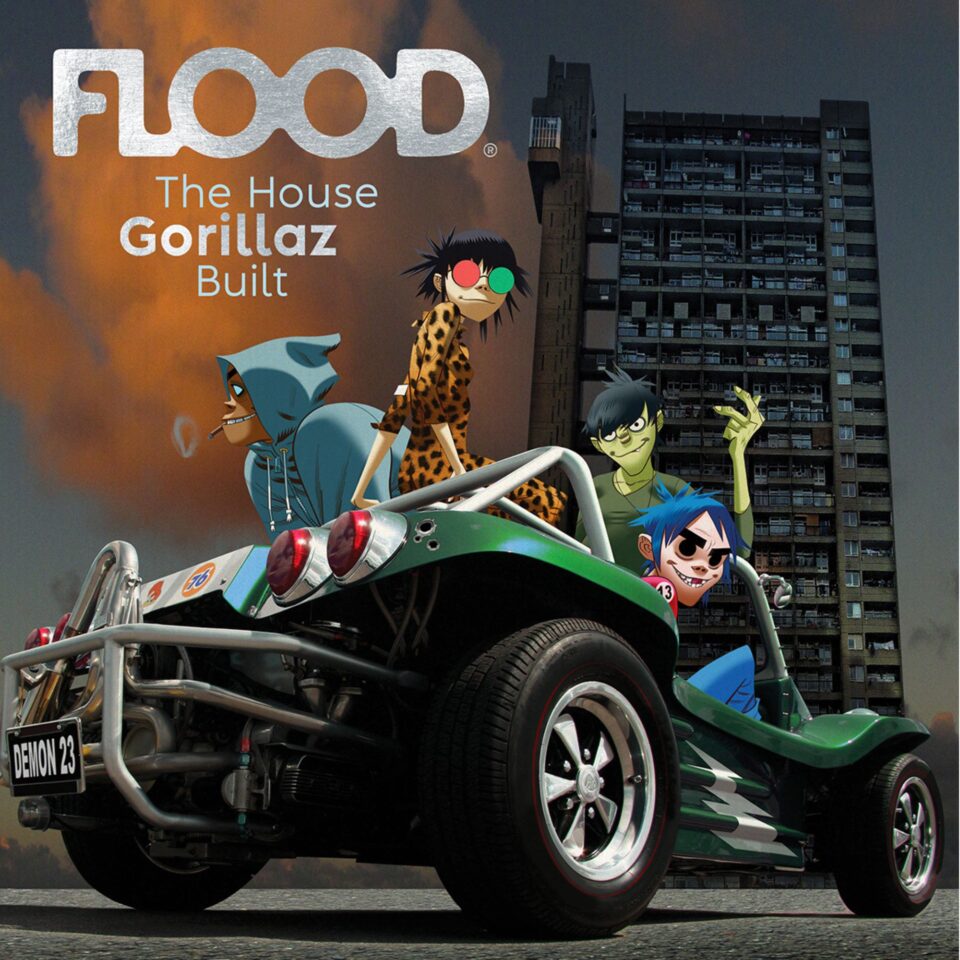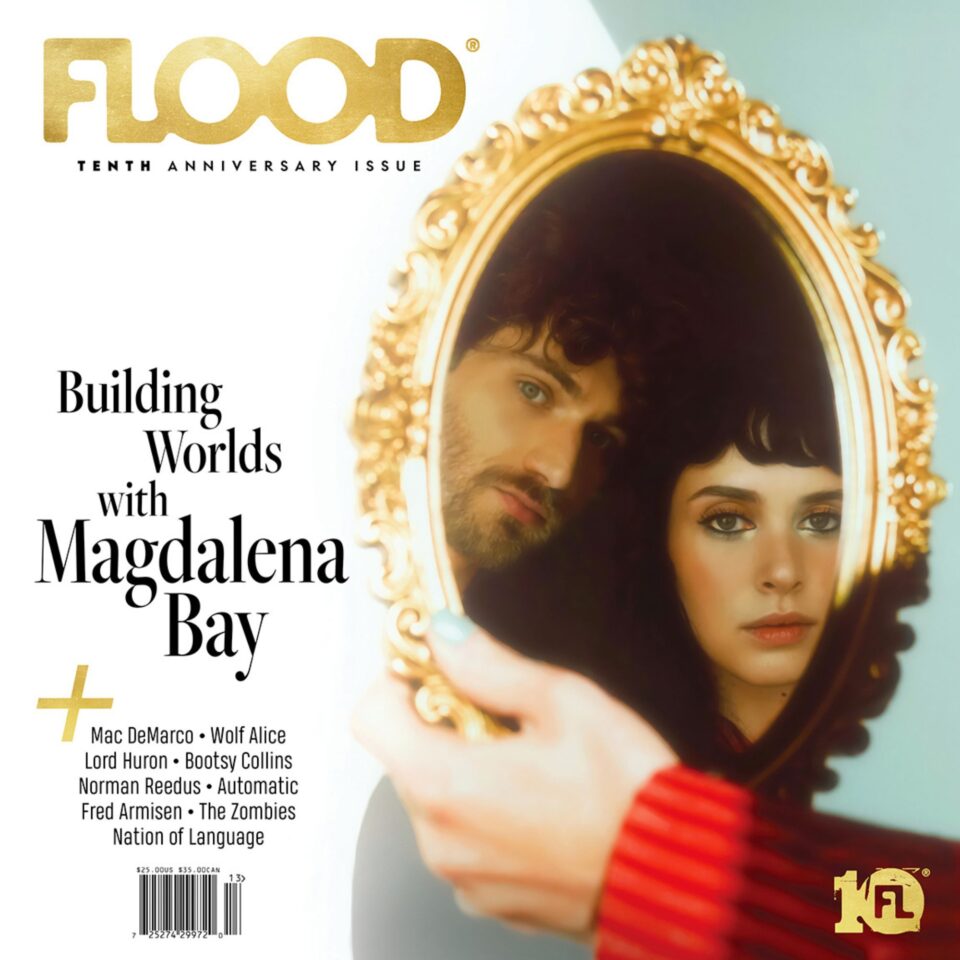I know it’s supposed to be like a rite of passage for male liberal arts students—canonically those of us who grew up white, middle-class, and insufferable—but I recently just got around to reading my first collection of David Foster Wallace essays at nearly the age Wallace was when he wrote them. I was surprised to find that although I enjoyed his unique takes on some of my favorite subjects to overly intellectualize among mostly disinterested company, it was his observational magazine assignments that really did it for me. Meticulously detailed yet applicable to much of American life, easily distracted yet always finding ways to tightly weave each thread back into his overarching themes, these epic travelogs from Illinois’ state fairgrounds and the Caribbean via the luxury cruise that took him there also felt oddly familiar. I kept thinking, “Didn’t I just spend three seasons watching another thirtysomething urbanite English-major disparate strands of ideas and trivialities together to form surprisingly narrative diary entries that frequently take him out of his city surroundings?”
2023 saw the release of the final season of How to with John Wilson, a series that took the essay film as defined by Chantal Akerman and Ross McElwee (I like this reference to David Attenborough, too) and injected it with the boundary-pushing (in a structural sense, though I suppose also in an invasive sense) confrontation of the show’s executive producer (also, the series-long bit of being told by security not to film in department stores recalls IKEA Heights). While every episode managed to prevail over the constant digressions that physically took Wilson everywhere from Burning Man to the bedroom of a, um, foreskin restoration advocate—which all neatly dovetail back into the original premise in a way that recalls the philosophical throughlines of DFW—the journey was also always filled with Wallace’s unjudging (albeit updated for today’s more regulated culture of addressing individuals’ physical appearances) people-watching humor and a limitless desire to express how interesting your neighbors (well, mostly a select demographic brave enough to prowl Craigslist) may be when you push beyond superficial conversation—which itself dovetailed into the central theme of the very first episode: “How to Make Small Talk.”
Despite the “How To” structural launch point for every episode (which seems to riff on the YouTube era of self-help grifting by commenting on how subjective individual growth tends to be), the series is less about learning in the factual sense and more about relating in a literary sense to a protagonist and their journeys. I serendipitously watched season three’s “How to Clean Your Ears” the same day I botched a DIY wax purge job leading to a sleepless night directly paralleling that same episode’s B-plot about noisy neighbors as a constantly triggered car alarm, enthusiastic gamer neighbors, and footsteps from the apartment above mine all remained audible through a completely clogged ear. I didn’t need to drive far outside the city to a small rural community making a convincing argument for Todd Haynes’ Safe as non-fiction in order to amend this issue, but in a certain way it lent a sense of understanding to a facet of the urban-millennial experience that doesn’t come up in the surface-level small talk that makes up our daily existence.
How To lent a sense of understanding to facets of the urban-millennial experience that don’t come up in the surface-level small talk that makes up our daily existence.
On a much more broadly relatable scale, the show landed on HBO at the exact moment we were suddenly finding ourselves confined to our living spaces—in being so, stripped of the everyday encounters that supplied us with the anecdotes needed to keep a weekly Zoom chat interesting after a session or two. In October 2020, the series’ pilot was embraced as a form of escapism largely missing from our quarantined lives when conventional fantasy was easy to come by, but any semblance of normalcy (you know, per the definition of what is arguably the strangest city on Earth—where a cappella competitions can’t be trusted but your landlord can) felt distant. It was a little jarring when the first signs of a post-COVID world began to materialize in the first season’s unexpectedly emotional finale, but the unanticipated situation, as it always did, as McElwee’s Sherman’s March did before it, naturally lent itself to a more compelling conclusion to the episode than could ever be written.
And surprisingly it wasn’t the series finale. Given that the first season roughly clocked in at just three hours, tightly packed with how-did-he-get-that? shots that would each likely be the most interesting thing I’d seen all year, it seemed impossible at the time that Wilson would be able to recreate this feat. But season two (the only season with a writing team beyond Wilson, co-executive producer Michael Koman, and journalist Alice Gregory—which, oddly, included Connor “Totally in Your Q Zone” O’Malley and Susan “You Fat Piece of Shit” Orlean) is clearly all filmed post-pandemic, with masks and other COVID precautions visible in many of the shots. While a lot of the show’s humor stems from a comic juxtaposition of written narration and imagery frequently employed to provide a smooth transition between otherwise disparate segments, I always think about how the episode “How to Throw Out Your Batteries” ultimately leads John to a housing complex for sex offenders on Randalls Island, where the trip ends with a trash can engulfed in flames next to a bus stop—a powerful image in its own right, but also an oddly prescient conclusion to the narrative.
By season three, there’s enough material that Wilson makes frequent callbacks to past seasons, whether it’s the explicit (and guilty) explanation for a manufactured (and disgusting) image of a malfunctioning toilet from season two or the in-joke of recycled footage from season one to explain, well, another malfunctioning toilet, or something more subtle like references to MREs and the Mandela Effect (that is, unless Q-tip containers did once market themselves as ear-cleaning products). Meanwhile our culture shifted in interesting ways to recontextualize the show less as a relic of the early COVID days and more as a postmortem for Twitter as it was (and is, and seemingly will forever be) slowly transitioning into X with many of Wilson’s interviewees recalling the types of individuals in possession of what’s come to be known as “main character syndrome” as they matter-of-factly share insane details about their personal life as if it’s normal. You know, like having dated multiple serial killers.

While it isn’t the final episode, the third season’s “How to Work Out” feels like a somber epilogue as we see the success of Wilson’s series leading him to the Emmys—and, by extension, private parties graced by the great Twitter derailer himself—in spite of his presence there being nearly spectral. He’s turned away at the door for HBO’s afterparty only to reflect on the moment as he films a giant promotional billboard for his show paid for by the network, relating yet another familiar sensation to his target demographic of disaffected city-dwelling liberal arts majors: that in 2023 you can achieve your dream and find objective success in your field and still be made to feel like a failure by a system that celebrates the ingenuity of a figure who thoughtlessly destroys creative communities while developing technology that will effectively put them out of work.
And while the penultimate episode “How to Watch Birds” hints at Wilson following in Fiedler’s footsteps as he blurs the boundaries of documentary and fiction, it’s his own sense of humor and unique voice that the series will be remembered for (it should be noted that in spite of his all-star writer’s room for season two, the show will always revolve around the beacon of light that is Mama). It seems like only a matter of time before the students of Binghamton University know John Wilson’s name—even if it’s only through the next generation of memes using specific media titles to dunk on a demographic I probably fall under. FL







